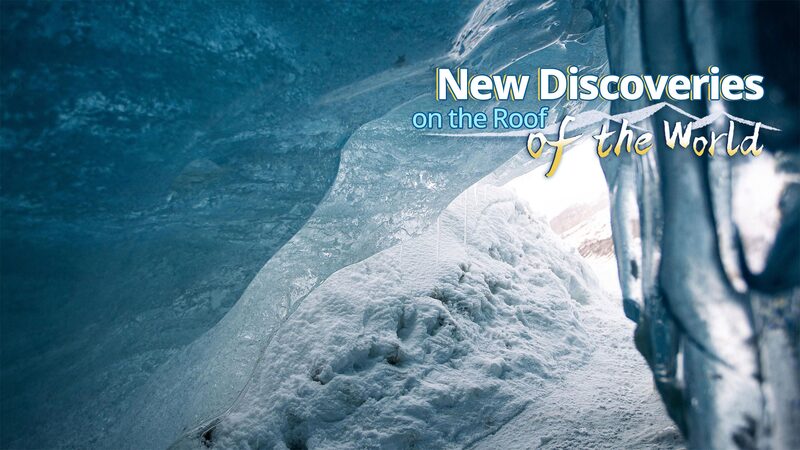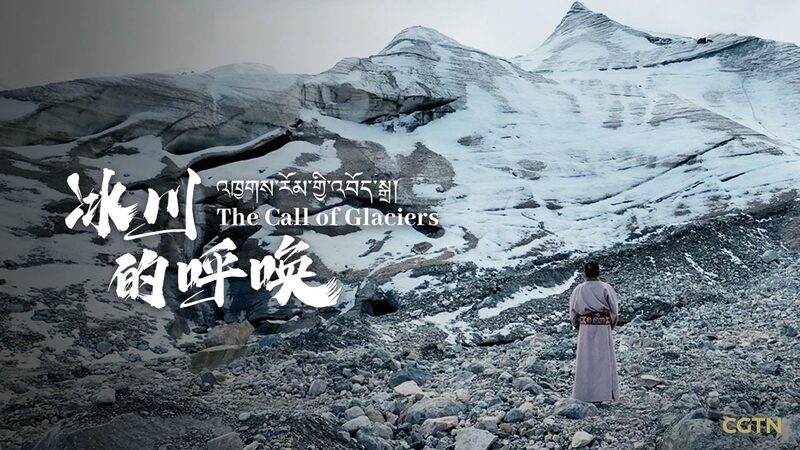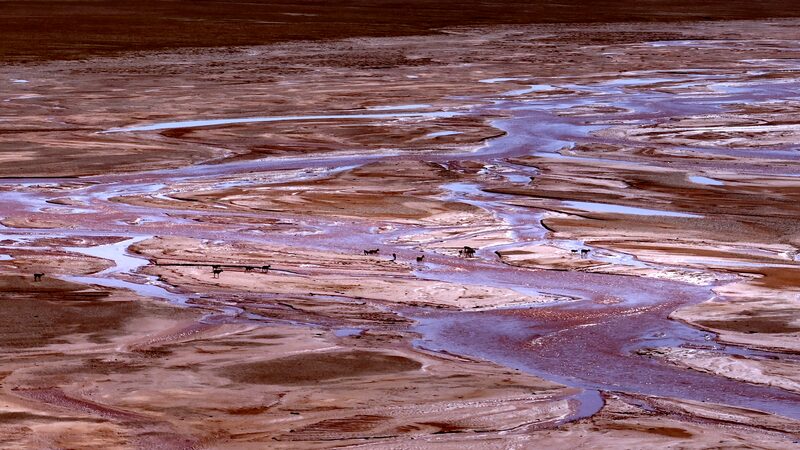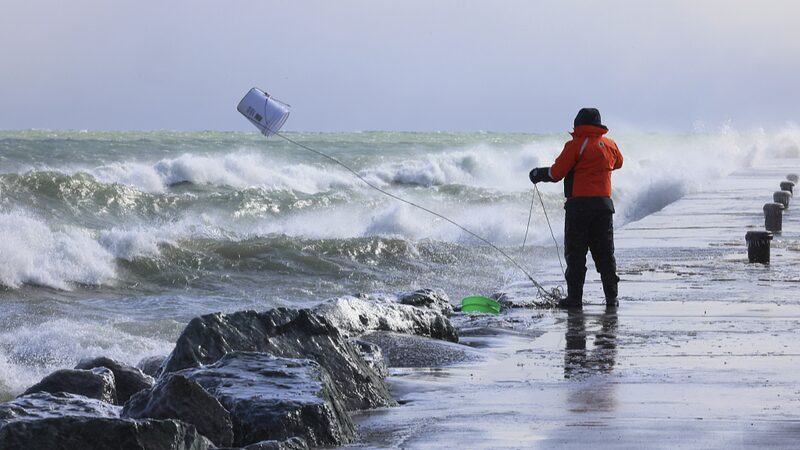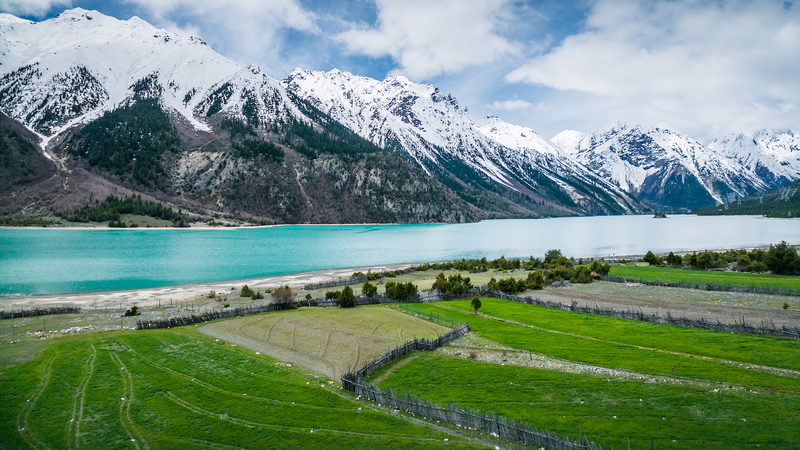Chinese scientists are raising concerns over the accelerated melting of glaciers on the Qinghai-Xizang Plateau, warning that the permanent loss of these ice masses could have significant repercussions for the region’s ecosystem.
The Qinghai-Xizang Plateau, often referred to as the “Roof of the World,” is home to some of the world’s largest glaciers outside the polar regions. However, rising global temperatures are causing these glaciers, particularly those at lower altitudes, to retreat at an alarming rate.
“Take the Rongbuk Glacier at the foot of Mount Qomolangma as an example,” said Wu Guangjian, a researcher at the Institute of Tibetan Plateau Research at the Chinese Academy of Sciences (CAS). “Both its length and height are shrinking. This glacier, like many others on the plateau, is a vital water source for downstream ecosystems and communities.”
Wu noted that global warming has led to a situation where the rate of glacier evaporation now outpaces precipitation. “Small glaciers at lower elevations are melting more quickly and may disappear in the foreseeable future,” he explained. “This not only threatens local biodiversity but also the livelihoods of people who rely on glacial meltwater.”
The melting glaciers could lead to a range of environmental challenges, including reduced water availability, increased risk of glacial lake outburst floods, and impacts on agriculture and hydroelectric power generation.
Scientists are calling for urgent action to monitor glacier changes and implement strategies to mitigate the effects of climate change on these critical water reserves. “Protecting the glaciers of the Qinghai-Xizang Plateau is not just about preserving natural beauty,” Wu emphasized. “It’s about safeguarding an essential element of the region’s ecological balance and the well-being of millions.”
The Qinghai-Xizang Plateau, covering an area of over 2.5 million square kilometers, plays a crucial role in Asia’s climate system and serves as the source of several major rivers, including the Yangtze, Yellow, and Mekong rivers. The continued retreat of its glaciers poses a significant threat to water security across the continent.
Reference(s):
Chinese scientists warn of melting glaciers on Qinghai-Xizang Plateau
cgtn.com
